In the realm of modern medicine, the pursuit of improved surgical outcomes and patient safety remains a top priority. One remarkable advancement that has revolutionized the field of surgery is intraoperative neuromonitoring (IONM). This sophisticated technique allows surgeons to monitor the integrity and function of the nervous system in real-time during complex surgical procedures. By providing invaluable insights and feedback, IONM enables surgeons to make informed decisions, minimize the risk of complications, and enhance surgical precision. In this blog post, we will delve into the world of Enhancing Surgical Precision with Intraoperative Neuromonitoring its benefits, and its applications in various surgical specialties.
What is Intraoperative Neuromonitoring?
Intraoperative neuromonitoring involves the continuous monitoring and assessment of neural structures during surgery. It utilizes a combination of advanced technologies, including electromyography (EMG), electroencephalography (EEG), somatosensory evoked potentials (SSEP), and motor evoked potentials (MEP). These tools help evaluate the integrity and functionality of the brain, spinal cord, and peripheral nerves during delicate procedures.
Benefits of Intraoperative Neuromonitoring:
- Early Detection of Nerve Injury: IONM provides real-time feedback, allowing surgeons to identify potential nerve injury or dysfunction promptly. By detecting subtle changes in neural activity, surgeons can take immediate corrective measures, reducing the risk of permanent nerve damage.
- Enhanced Surgical Precision: IONM allows surgeons to navigate critical structures with precision. By monitoring neural responses, surgeons can adjust their techniques in real-time, ensuring the preservation of vital structures and optimizing surgical outcomes.
- Minimizing Complications: With IONM, surgeons can reduce the risk of complications such as paralysis, sensory loss, or muscle weakness. By closely monitoring nerve function, they can make informed decisions during the procedure to prevent or minimize potential complications.
- Facilitating Complex Procedures: Intraoperative neuromonitoring plays a crucial role in complex surgeries involving the spine, brain, or peripheral nerves. It provides surgeons with valuable information about the proximity of neural structures, enabling them to navigate intricate anatomical regions safely.
Applications in Surgical Specialties:
IONM has found applications in various surgical specialties, including:
a. Neurosurgery: Intraoperative neuromonitoring is particularly valuable in brain and spinal cord surgeries. It helps identify and preserve critical neural structures, reducing the risk of neurological deficits.
b. Orthopedic Surgery: IONM is commonly used in spinal surgeries, such as spinal fusions or scoliosis corrections. It aids in monitoring the integrity of the spinal cord and nerves during complex procedures.
c. ENT Surgery: Intraoperative neuromonitoring is beneficial in otologic and skull base surgeries, where the facial nerve and other cranial nerves are at risk. It assists surgeons in avoiding nerve damage and optimizing functional outcomes.
d. Vascular Surgery: In IONM-assisted vascular surgeries, such as aortic aneurysm repairs, the technique helps protect the spinal cord and other nerves from ischemic injury, ensuring better postoperative outcomes.
Intraoperative neuromonitoring has revolutionized the field of surgery, providing surgeons with valuable real-time information about neural function during complex procedures. Its ability to detect and prevent potential nerve injuries, enhance surgical precision, and minimize complications has significantly improved patient outcomes. As technology advances and our understanding of neural monitoring expands, IONM will continue to play a vital role in various surgical specialties, ultimately improving patient safety and quality of care.

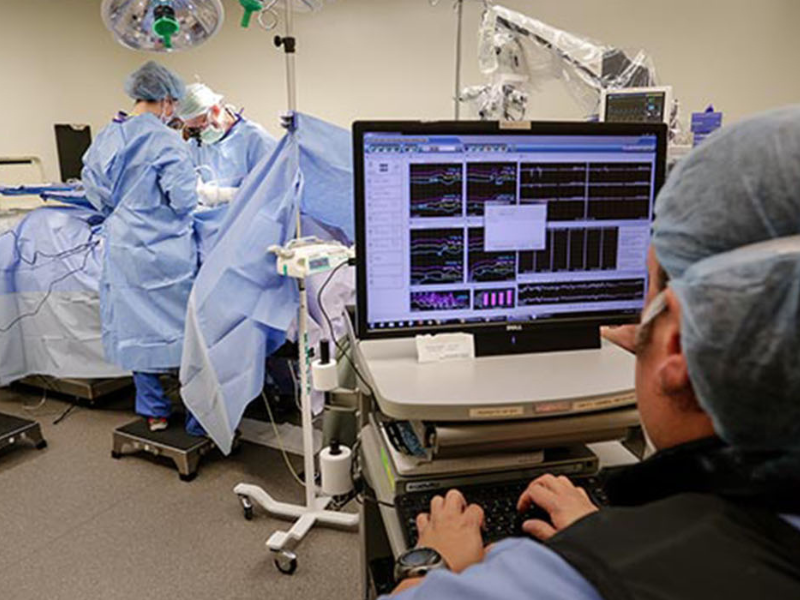
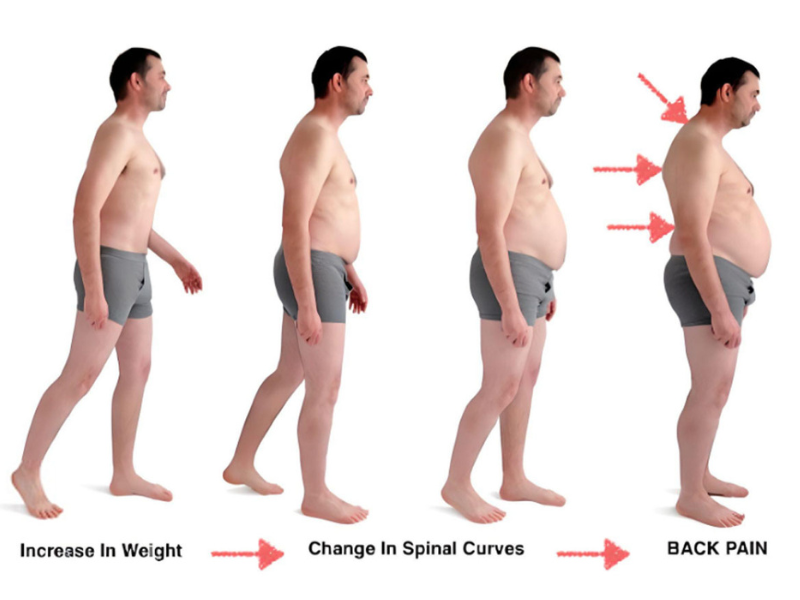
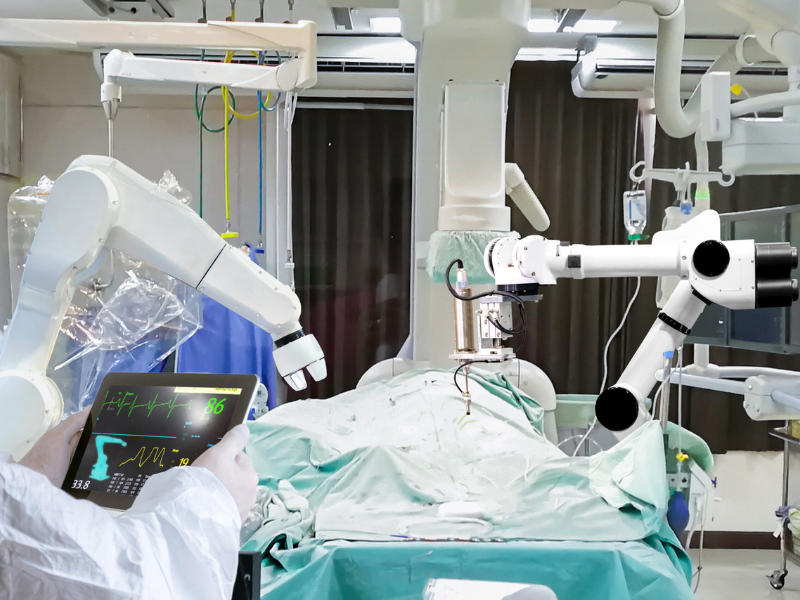
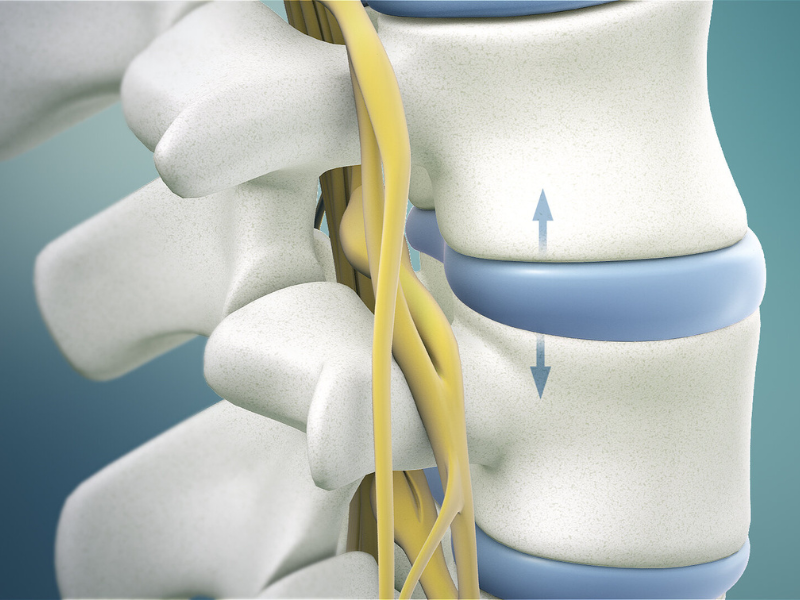


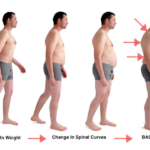
3 Comments
http://fabnews.ru/blog/8434.html
Good https://is.gd/tpjNyL
Awesome https://is.gd/tpjNyL